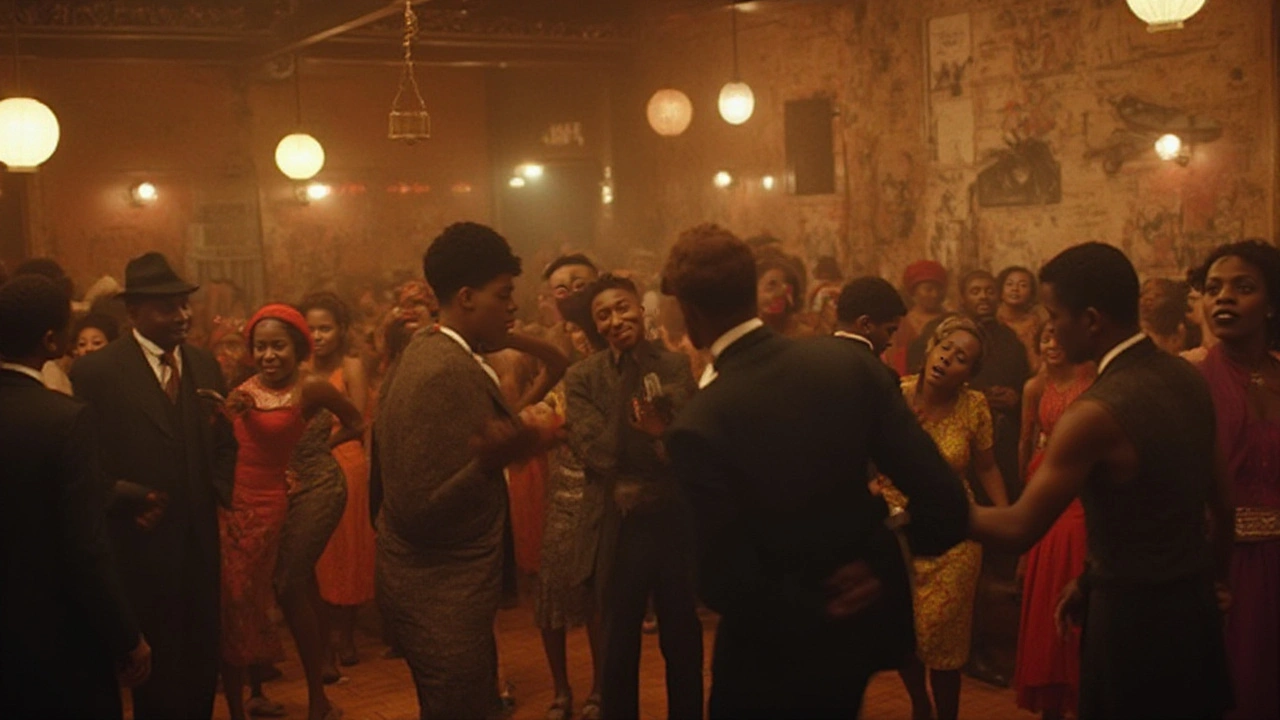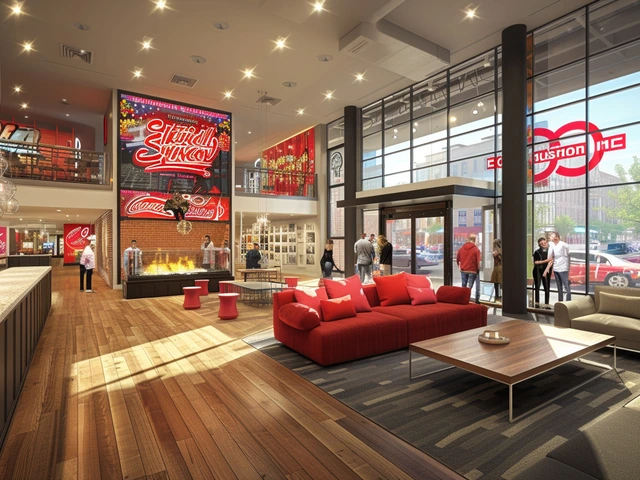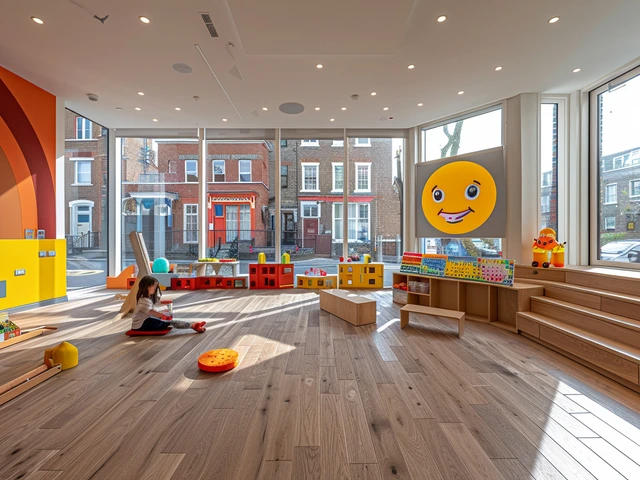Imagine a stretch of New York City where jazz rises from every street corner, poetry electrifies cafe readings, and the brightest talents of a generation gather to defy every expectation. The Harlem Renaissance was a cultural revolution packed into a few roaring years. Legends were made here—artists and thinkers who weren't just changing art, but rewriting American identity.
The Writers Who Gave Harlem Its Voice
Harlem became the epicenter of Black creativity in the 1920s, and it was the writers who gave it a voice. First up, Langston Hughes stands out. He was the master at capturing the music of ordinary folks in his poems and stories, weaving jazz rhythm with everyday struggles and dreams. One of his best-known poems, "The Negro Speaks of Rivers," was published when he was just 19. Hughes saw Harlem as a place alive with cultural possibilities, where a new Black identity could flourish.
Then there's Zora Neale Hurston, queen of both folklore and fierce humor. She attended Barnard College and came back to Harlem with anthropological skill and a quick wit, collecting stories straight from the people. Her novel "Their Eyes Were Watching God" captures the voices, dialects, and magic of Southern Black life like few others can. She didn't just tell stories—she celebrated culture from within.
Countee Cullen also deserves a place in the spotlight. Known for bringing romantic, lyrical beauty to poetry, Cullen believed Black writers shouldn’t be boxed in by anyone’s expectations. His poem "Heritage" wrestles with double identity—being American and African. At just 22, he published "Color," a book that made the wider literary world notice Harlem in a whole new way.
Don't forget Claude McKay, whose explosive sonnets like "If We Must Die" rallied people against racism with lines full of fire and protest. McKay's style was classically formal but shook readers to the core with radical content. He once wrote, "Though far outnumbered, let us show us brave," making his poetry into a battle call for justice.
Each writer pulled their pen straight from the heart of Harlem, putting raw experience onto paper. They fought to be seen as artists first, and they won.
Trailblazing Musicians of the Movement
The Harlem Renaissance wasn’t just about what people read—it was also the soundtrack of the modern age. Jazz took off in Harlem’s swing clubs, and the energy was contagious. Duke Ellington made the Cotton Club famous, with his blend of sophisticated arrangements and showmanship. He changed how people saw jazz, turning it into serious art. When he hit those piano keys, folks knew something new was happening.
Lena Horne brought shine and class wherever she performed. She broke color barriers in music and film—not just with her looks, but with a velvety voice that made people feel. She got her big break singing at the Cotton Club and didn't stop until Hollywood called her name.
Then you had Louis Armstrong, who literally rewrote the rulebook with every brilliant trumpet solo. His pleasure and joy in performance were obvious to everyone, and his gravelly singing became iconic. In one recording session, Armstrong’s improvisations thrilled musicians from all backgrounds—jazz had truly become the new pop music.
Among the greatest jazz pianists was Fats Waller. His quick fingers, bold humor, and songs like "Ain’t Misbehavin’" made him a Harlem legend. People still hum his melodies nearly a century later. Billie Holiday—nicknamed Lady Day—emerged at the tail end of the Renaissance with a voice full of heartbreak and longing. When she sang, it felt like the entire audience was holding its breath.
Here's a look at how some key artists broke ground in the Harlem Renaissance music scene:
| Name | Main Contribution | Key Song or Venue |
|---|---|---|
| Duke Ellington | Revolutionized jazz composition | The Cotton Club |
| Lena Horne | Pioneered as a Black female singer/actress | Stormy Weather (song and film) |
| Louis Armstrong | Trumpet style and jazz improvisation | "What a Wonderful World" (later legacy) |
| Fats Waller | Stride piano master, humorous songs | "Ain’t Misbehavin’" |
| Billie Holiday | Expressive, emotive jazz vocals | "Strange Fruit" |
Music blasted through Harlem and out to the rest of America, forever changing how this country listened—and danced.
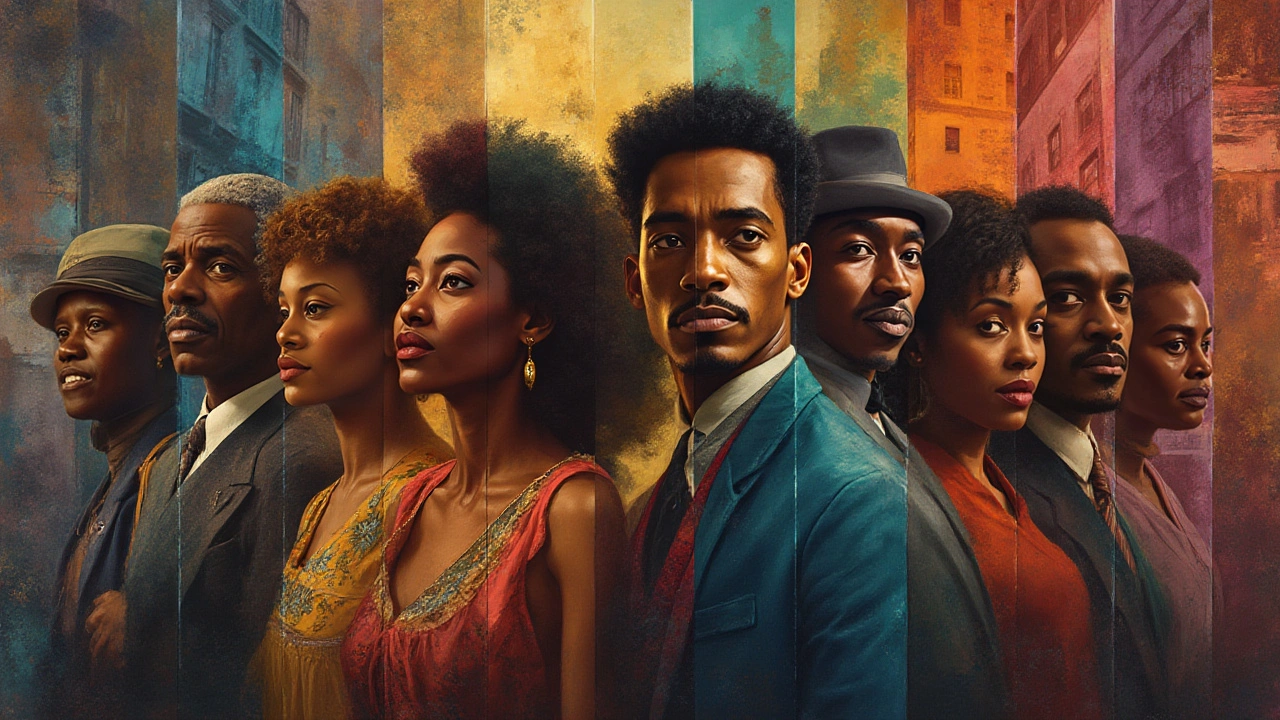
Visionary Artists of the Harlem Renaissance
Harlem wasn’t just words and music—some of its brightest stars painted our world in bold colors. Aaron Douglas earned the nickname “The Father of African American Art.” He used powerful African motifs and silhouettes, mixing African heritage and the modern urban experience. When he painted murals for the New York Public Library’s Schomburg Center, he created art people still travel to see.
Lois Mailou Jones spent six decades breaking boundaries. Her canvases were a blend of Harlem vibrancy and Haitian inspiration, and her career opened doors for so many Black artists who, before her, wouldn’t have had a seat at any art table. She also mentored dozens of artists at Howard University—so her influence just kept growing.
Meta Warrick Fuller started making art back at the turn of the 20th century. She used sculpture to tell deep, soulful stories, especially about struggle and pride. Her piece “Ethiopia Awakening,” showing a proud Black woman breaking free of bandages, captured the very spirit of the Renaissance: shaking off the past to stand tall in the present.
And Archibald Motley deserves more attention. He loved painting ordinary Black people just as they lived—dancing, laughing, sharing life in crowded blues clubs. His saturated colors and dynamic scenes are a riot of Harlem nightlife. Unlike stiff portraits of the time, Motley’s work breathes and moves with his subjects.
Visual art gave the movement its style. You saw something vibrant and direct in Douglas’ cubist works, in Jones’ palette, and in Fuller’s forms. Their art wasn’t just for galleries. It filled magazines, books, stage backdrops—even schools. These creators proved Black artists didn’t have to copy European styles; they could proudly tell their own stories, in their own way.
Pioneers in Performance and Theatre
The stage was a place for Harlem’s stars to shine. Paul Robeson had a voice so rich and booming, you felt it punch through your chest. He made his name in classics like “Othello,” refusing to play roles that demanded he “dim down” his culture or dignity. Robeson used his fame to speak out about racism, sometimes at great personal risk—he once said, “The artist must take sides.” He really did.
Josephine Baker, meanwhile, took her act to Paris but inspired everyone who dreamed of breaking out. Her wild dance routines and banana-skirt costumes caused a sensation, but she was nobody’s joke. Baker turned fame into activism, even spying for the French Resistance in World War II. Hollywood doors were mostly closed to Black performers—but Baker danced right past them and became a global superstar.
Florence Mills, “The Little Blackbird,” was pure gold on stage. Audiences adored her shine and sweet voice. When she starred in “Shuffle Along,” Broadway finally had to admit the world was ready for Black musical theater. Mills wasn’t just entertainment—she was hope in high heels.
The Lafayette Theatre became Harlem’s home of Black drama. It hosted W.E.B. Du Bois' Krigwa Players, who staged thought-provoking plays by and about Black people. These productions let everyday Black Americans see their lives and struggles reflected on stage—no blackface, no cheap jokes, just truth.
Other trailblazers included Ethel Waters, who could take a blues song and wring every bit of emotion from it, then step onto Broadway and knock audiences flat. Waters made the leap from nightclub acts like “Stormy Weather” to dramatic turns in shows such as “Mamba’s Daughters.” Each new performance was proof that Harlem’s talent could light up any stage.
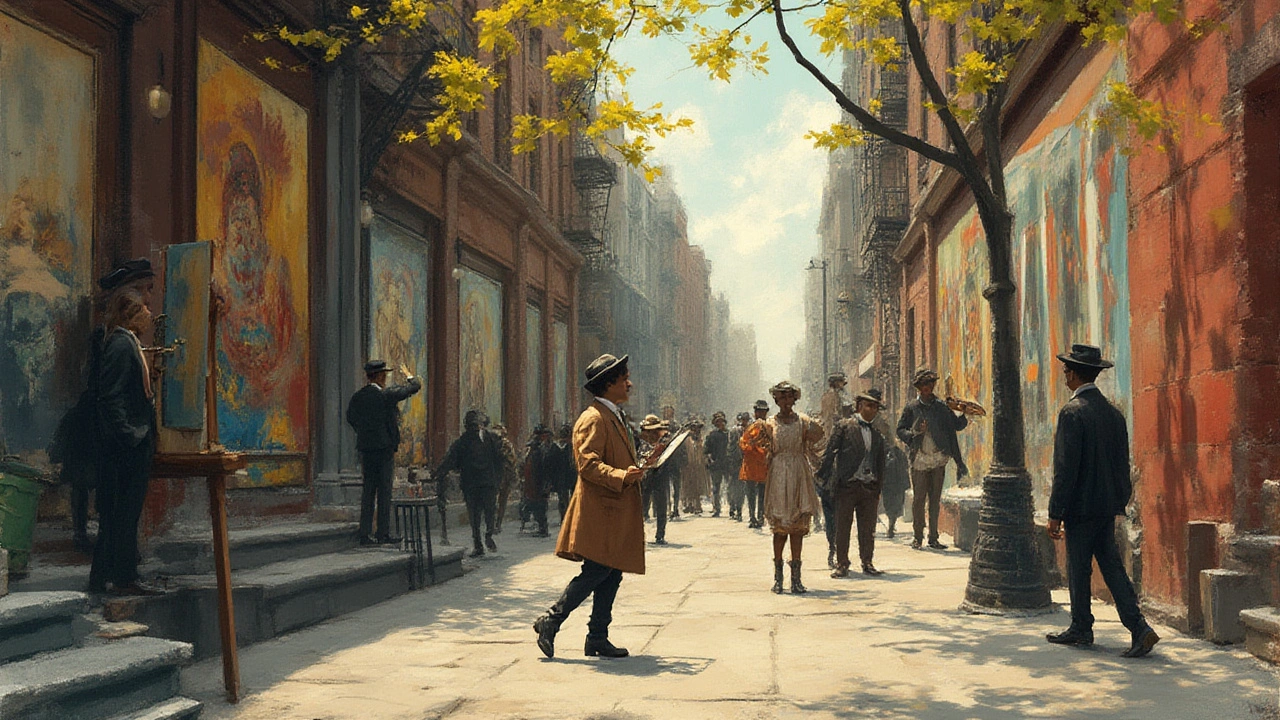
The Advocates and Intellectuals Behind the Scenes
While poets and musicians soaked in all the spotlight, thinkers behind the scenes laid the foundations. W.E.B. Du Bois pushed for “the talented tenth”—a belief that educated Black leaders would uplift everyone else. Living right near 135th Street, Du Bois co-founded the NAACP and published “The Crisis,” a magazine that highlighted Black achievement and demanded equality.
Alain Locke—known as “the Dean” of the Harlem Renaissance—was a Harvard-educated philosopher who called Harlem a “New Negro” movement. His 1925 anthology “The New Negro” introduced the world to rising talent. Locke believed art was weapon and shield—a way of fighting racism without swinging fists.
Then there was Charles S. Johnson. As editor of “Opportunity” magazine, he opened up pages to up-and-coming artists. Johnson organized meetings that brought together Langston Hughes, Zora Neale Hurston, and other greats. He even once hosted a contest judged by F. Scott Fitzgerald, who voted for a Harlem jazz poem over a classic love story. That mattered—it proved talent from Harlem could stand toe-to-toe with anyone.
Librarians like Arturo Alfonso Schomburg quietly built empires of knowledge. His personal collection grew so big, it formed the backbone of the Schomburg Center for Research in Black Culture. Schomburg believed, "Black history is world history." Walk into the center today and you’ll see what he means—manuscripts, rare books, and art all under one roof.
All these advocates and intellectuals proved that the Harlem Renaissance was more than a party. It was a launch pad for real change—every artist, musician, and thinker hurling their work at the future. They didn’t just hope the world would notice. They made it impossible to look away.

